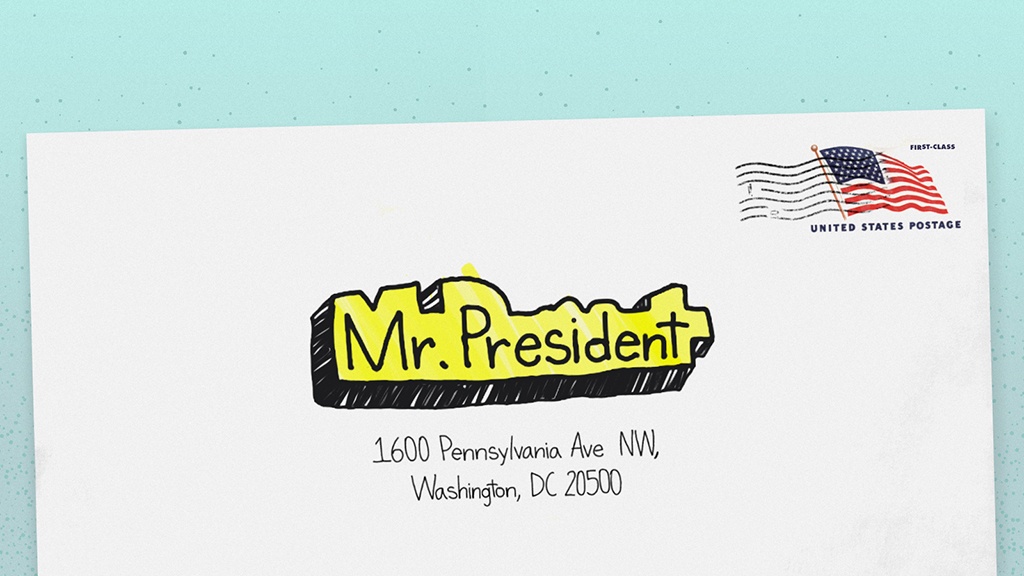
Many social studies teachers want to inspire their students to apply what they are learning in class outside of school.
Taking informed action can be the culmination of a curriculum, that magical moment when students stop doing mere schoolwork and start doing the work of citizens. This type of authentic engagement with the world pushes students toward the pinnacle of Bloom’s Taxonomy—where they evaluate a number of possible avenues and choose their own path.
Yet methods for facilitating this kind of civic involvement are not always clear. How can students use what they’ve learned about the world to take meaningful action? How can parents’ and administrators’ concerns about safety and appropriateness be assuaged? How can teachers create a climate of respect for diverse perspectives as students transfer concepts from the classroom to the outside world?
Subscribe to this blog to get notified by email of new posts like this one.
I would like to offer four “rules of engagement” for guiding students to take action on current issues, and then suggest one activity that illustrates all of them.
1) Give students time and resources to develop a well-informed opinion
It is not possible to develop a nuanced perspective in one class period, or even over the course of several days. Analyzing multiple sources, discussing different ideas, and articulating clear positions will take students weeks or months. Taking informed action will be something students can do several times per semester, not every day—quality is more important than quantity.
2) Choose actions that have an impact
For informed action to be meaningful, it must have the potential to create change. Students not only need to feel heard, they also need to be heard—by people with the power to make decisions. Teachers have the expertise to guide students toward the venues that will be most fruitful for action. Choose activities that a concerned citizen might actually take, and make reflection on their effectiveness as part of the curriculum.
3) Stick to activities that are safe for all students
Students may be drawn to dramatic forms of expressing their opinions, such as walkouts or participation in public protests. While we may personally support these methods, we cannot protect students from the consequences they might face. Understanding that they may take their activism in a variety of directions independently, we can provide them with safe ways of expressing their opinions as part of the curriculum.
4) Respect the diversity of students’ opinions
Students can sense when the “correct” answers have been predetermined, and they will often disengage. In encouraging them to take informed action, we shouldn’t let our own opinions restrict their thinking. Outside of obviously inappropriate positions that veer into hate speech, students should be free to disagree with the teacher and with each other. Modeling civil disagreement—emphasizing that well-informed, well-intentioned people can draw different conclusions—is key.
Use content to prepare students to take informed action
There are ways of arranging content that allow opportunities for students to develop opinions that lead to informed action. One project that brings together these suggestions is having students write letters to a person with the power to take action on an issue that concerns them. As I explained in another blog post (How to Design Your Own Thematic, Document-Based History Units), I love to organize my history curricula thematically instead of chronologically so that students can compare a variety of perspectives on a certain topic (for instance, foreign policy, or diversity and discrimination). I start each unit with a current issue that makes the theme relevant today. For example, in a U.S. history unit on foreign policy, we might start by considering various perspectives on the current standoff with North Korea over nuclear weapons.
We would then backtrack to learn how about how U.S. foreign policy has evolved over the years. Why did George Washington support isolationism? Why did Franklin D. Roosevelt retaliate against the Japanese after the bombing of Pearl Harbor? Why did Martin Luther King, Jr. object to the Vietnam War? An essential question (in this case, “In what situations should the US intervene in world events?”) unifies our studies; we explore how each of the historical figures we study would have answered that difficult question.
After exploring continuities and changes in foreign policy over the past two and a half centuries, we return to the current issue with a better understanding of its roots. After reading documents from Washington, Roosevelt, King, and other historical figures, students have formed their own opinions. They may be convinced that the U.S. needs to take military action to prevent North Korea from amassing nuclear weapons, or they might be adamant that the U.S. should de-escalate the conflict. Either way, they are prepared to take informed action.

Putting the guidelines to work: Letters as informed action
That action could take the form of a letter to someone in the position to direct US foreign policy—the president, the US ambassador to the United Nations, or the head of the Foreign Relations Committee. Students would choose one of these people and learn about their responsibilities. Then they would write to that person to express their own opinion on the North Korean conflict, quoting from at least one of the documents we had read, and making reference to at least one of the historical figures or events we had studied.
These letters are not only a pathway for taking informed action, but also an authentic assessment of students’ mastery of the material. Any responses students receive can become fodder for further discussion. They may consider optional next steps such as joining (or forming!) a club or organization that promotes their cause.
This kind of activity enriches our social studies curriculum and creates the habit of engaged citizenship. I have been amazed by the passionate and well-informed opinions that students have expressed, and I hope you will be, too.
Access hundreds of activities that foster civic engagement and teach students to take informed action
Try a free 30-day trial of Active Classroom today
Rosalie Metro is an assistant teaching professor in the Department of Learning, Teaching, and Curriculum at the University of Missouri-Columbia, and the author of Teaching US History Thematically: Document-Based Lessons for the Secondary Classroom. She formerly taught middle and high school social studies, and now works with pre-service teachers.
